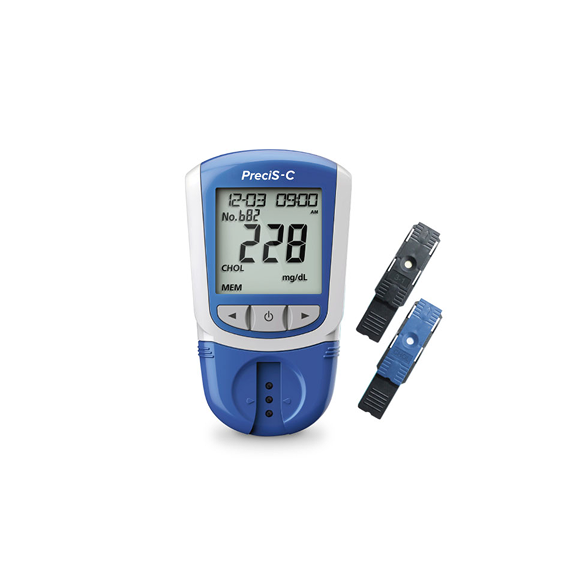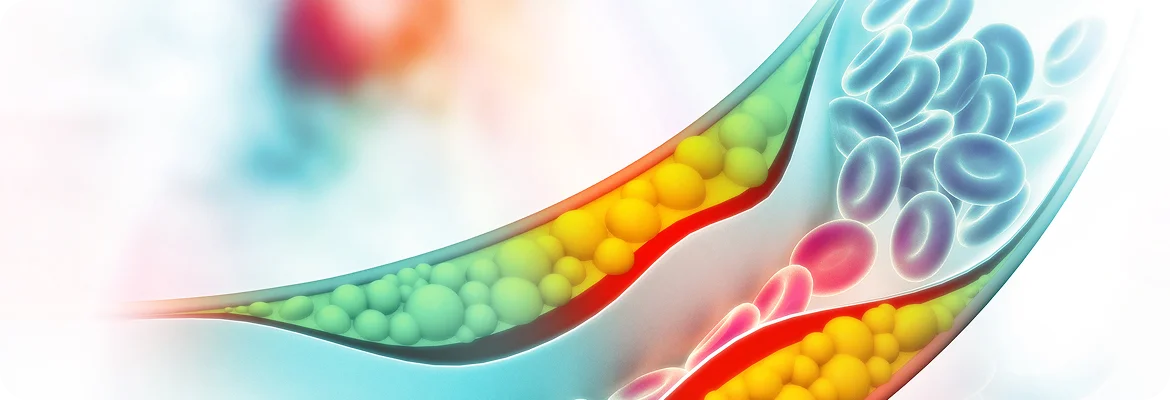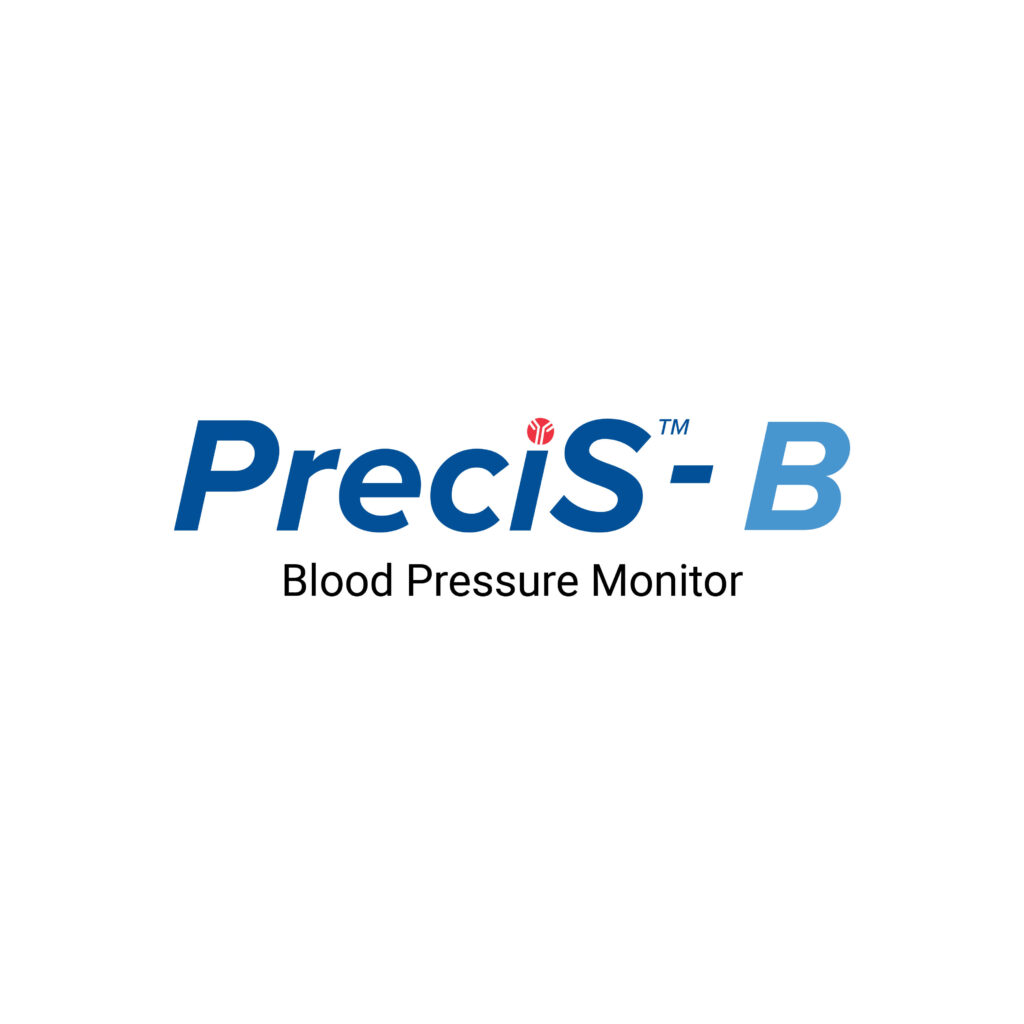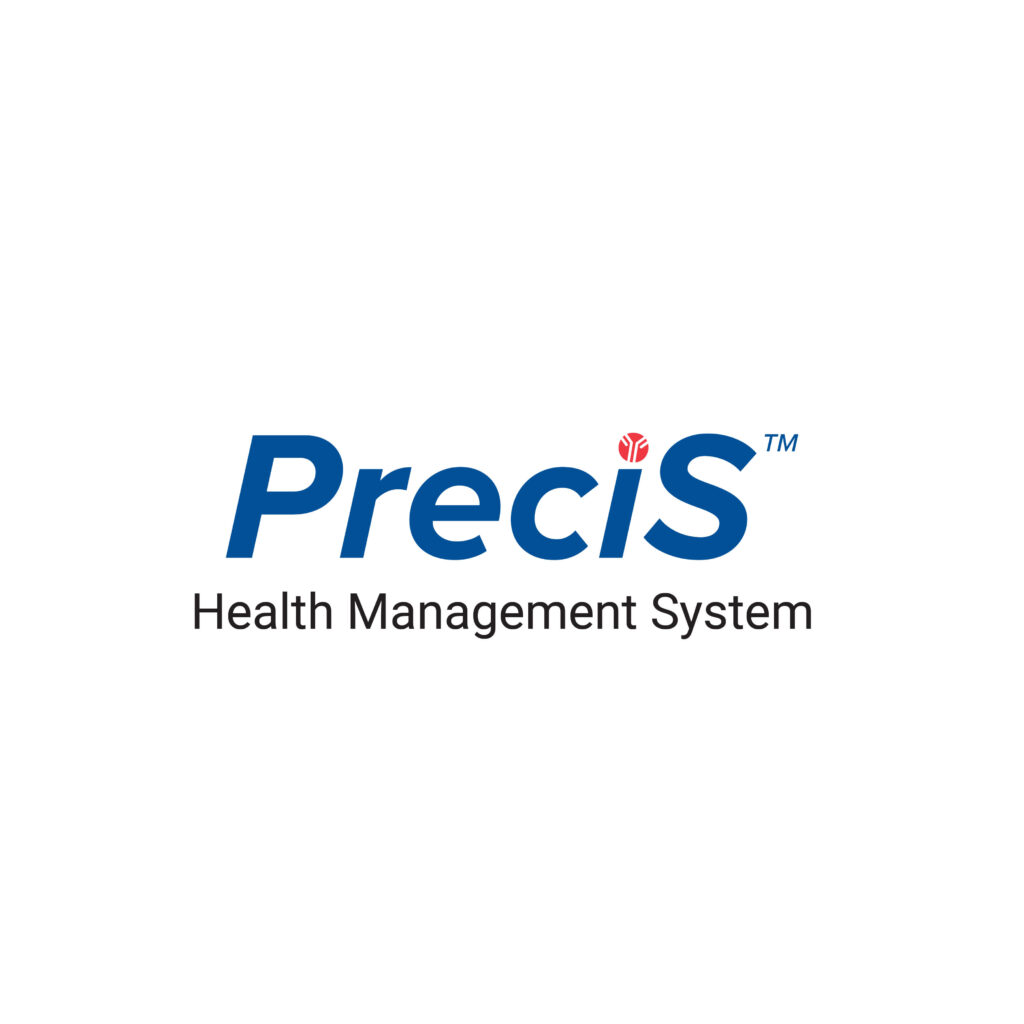PreciS™-C Cholesterol Monitoring System

Overview of Cholesterol Management

Cholesterol and triglycerides are naturally occurring fat-like substances that is produced by the body or derived from food.
Cholesterol is carried in our blood stream by 2 different lipoproteins. Low-density lipoprotein (or LDL) is considered “bad” cholesterol as it leads to build-up of fats in the arteries. High-density lipoprotein (or HDL) is considered “good” cholesterol and it helps to remove fats before it can be deposited as plaque in the arteries.
High levels of triglycerides can put an individual at a greater risk of cardiovascular disease.
Therefore the key to good cholesterol management is to ensure that one maintains:
1) High levels of HDL
2) Low levels of LDL, cholesterol and triglyceride
Poor cholesterol management can lead to many adverse health effects such as stroke, coronary heart disease and other cardiovascular diseases.
Working Principle of PreciS™-C Cholesterol Monitoring System
PreciS™-C Cholesterol Monitoring System uses a timed-endpoint method to measure the Total Cholesterol (CHOL), High Density Lipoprotein (HDL) and Triglyceride (TRIG) concentrations in whole blood, serum or plasma. The concentration of Low Density Lipoprotein (LDL) is calculated by the values of CHOL, TRIG and HDL. The system monitors the change in light absorbance at a fixed time interval. The change in absorbance is directly proportional to the concentration of lipid in the specimen.
CHOL: In this reaction, a cholesterol specific enzyme hydrolyzes cholesterol esters to free cholesterol and fatty acids. The free cholesterol is oxidized to cholestene-3-one and hydrogen peroxide by another enzyme. Hydrogen peroxide and a substrate is then further catalyzed by a 3rd enzyme to produce a coloured product.
HDL: HDL in the specimen is separated (from chylomicrons, VLDL and LDL) within the test device and then determined enzymatically as CHOL.
TRIG: Triglycerides in the specimen are enzymatically hydrolyzed to glycerol and free fatty acids. Next, a sequence of three coupled enzymatic steps causes the oxidation of a substrate to form a coloured product.
LDL: LDL is calculated when the concentration of TRIG in the specimen is equal or lower than 400 mg/dL. The following equation is use: CHOL – HDL – TRIG/2.2 (mmol/L) or CHOL – HDL – TRIG/5 (mg/dL)
Features and Benefits

Excellent Design
Compact and ergonomic design

Reliable Results
Results are traceable to National Institute of Standard & Technology (NIST) reference standards

Key Benefits of SG Diagnostics PreciS™-C Cholesterol Monitoring System
- Portable and easy to handle – palm-sized and lightweight analyzer
- Rapid results (within 2 minutes) – monitor patients at risk for cardiovascular disease
- Test devices have a long shelf life (18 months) and are kept at room temperature
- Use of fingerprick blood to obtain full lipid profile (CHOL, HDL, TRIG, calculated LDL and CHOL/HDL ratio) results
Testing Instructions

1Preparation
- Insert the test device after the device symbol flashes.
- Carefully insert the test device all the way and ensure the test device aligns with the analyzer.

2Blood Sampling
- Disinfect and prick the fingertip, wipe away the first drop of blood.
- For less pain, prick the side of the finger.
- Collect the second drop of blood using the capillary transfer tube until the blood reaches the black line.

3Blood Adding
- Select the correct blood type in the setup.
- Apply the blood to the test device when the blood drop symbol is flashing.

4Read Results
- Press left or right to read the results.
- Test device will automatically turn off after 5 minutes of inactivity.




